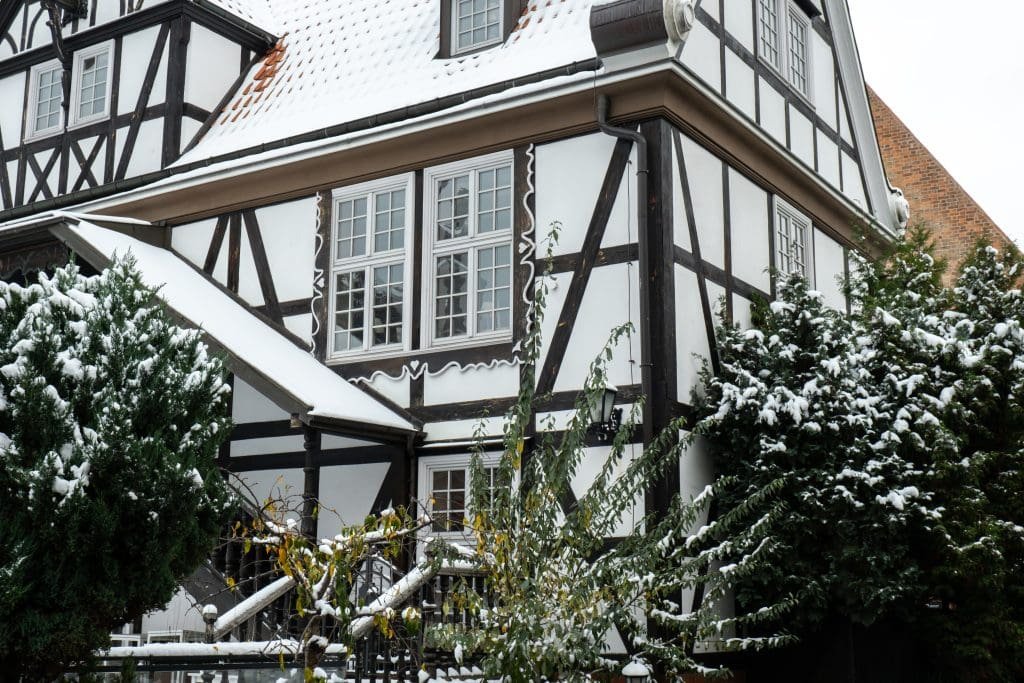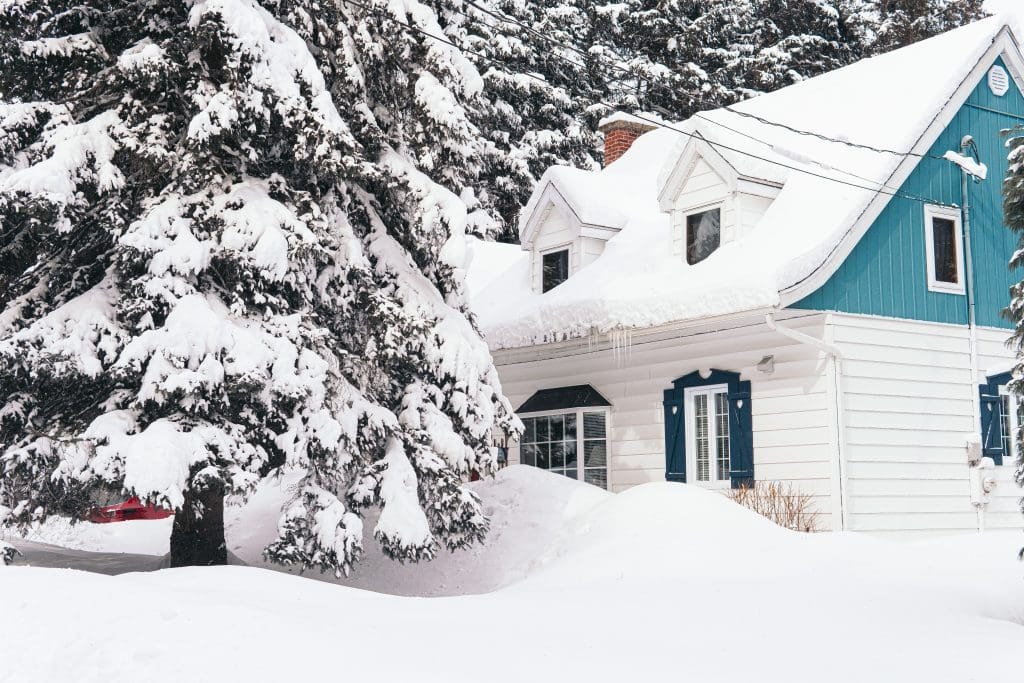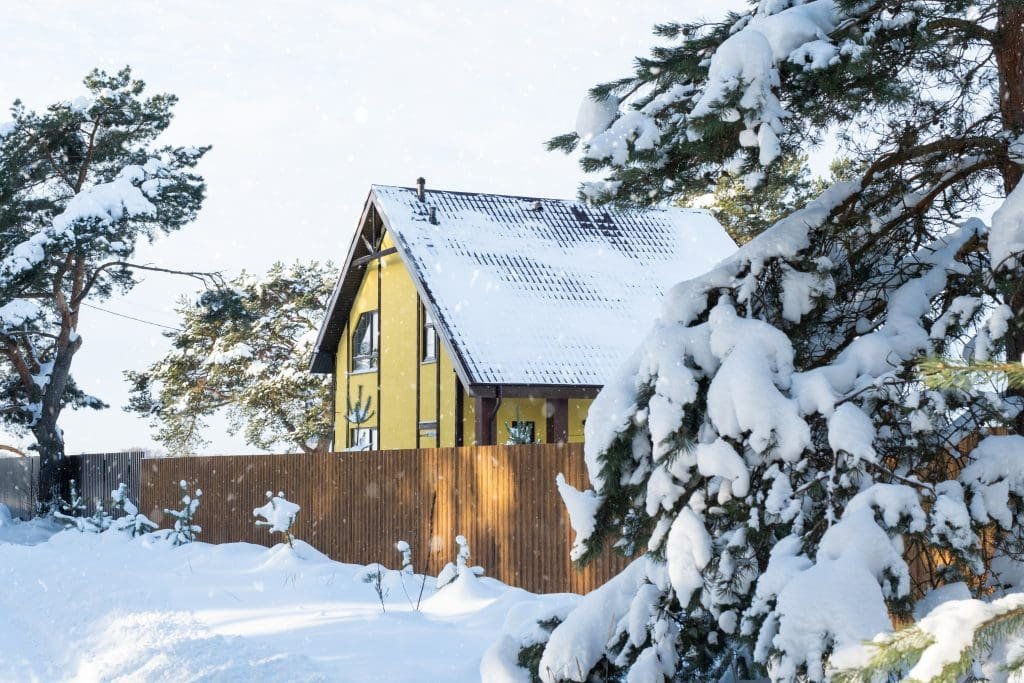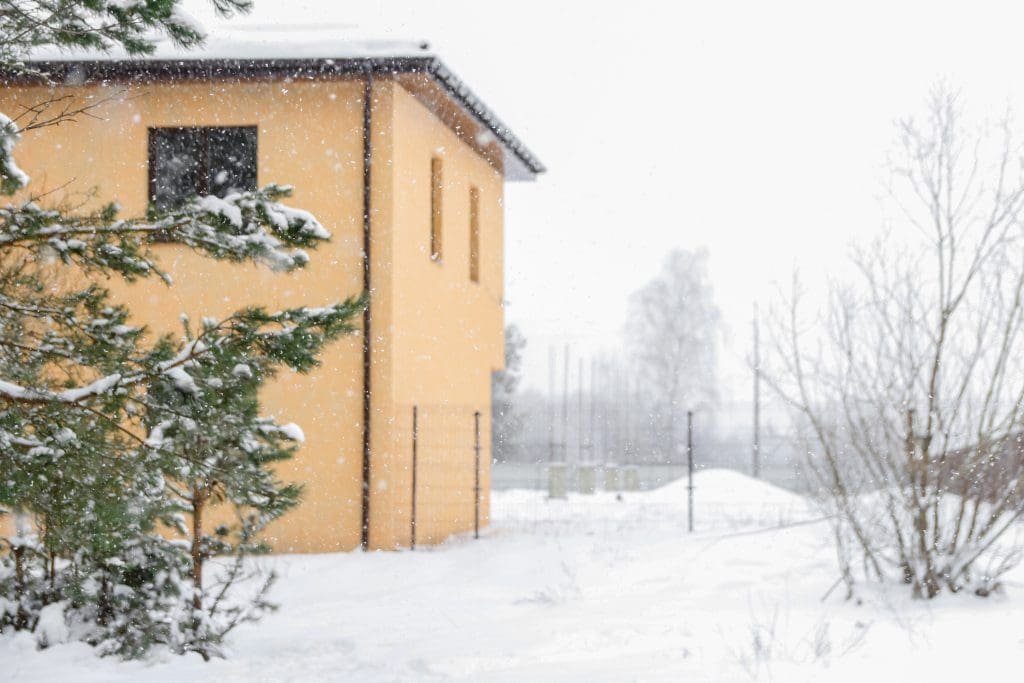As winter approaches, the need for proper home maintenance becomes paramount, particularly concerning your siding. The exterior of your home is your first line of defense against the elements, so ensuring that it is prepared for colder weather can save you time and money in the long run. This article discusses the importance of siding maintenance, common issues that can arise, essential repairs to undertake, and whether to hire professionals or tackle the job yourself.
Understanding the Importance of Siding Maintenance
Siding is not just an aesthetic feature of your home; it serves various crucial functions. It protects the underlying structure from moisture, pests, and wind, while also providing insulation. Effective maintenance of your siding can enhance the lifespan of your home, boost its curb appeal, and increase its market value.
Regular siding maintenance is essential as it helps in identifying potential problems before they escalate into costly repairs. It is particularly important to focus on siding upkeep as seasons change, primarily before winter, when weather conditions can exacerbate existing issues. Homeowners should schedule routine inspections to check for signs of wear, such as peeling paint, cracks, or warping, which can indicate underlying problems that need immediate attention.
The Role of Siding in Home Protection
The primary role of siding is to serve as a barrier between your home and the environmental elements. This includes rain, snow, wind, and extreme temperatures. A well-maintained siding not only strengthens the structural integrity of your home but also prevents leaks and drafts that could lead to further damage. Furthermore, siding materials such as vinyl, wood, or fiber cement each have unique properties that contribute to overall home durability, making it essential to choose the right type based on your local climate and environmental conditions.
Moreover, effective siding can improve your home’s energy efficiency, allowing you to maintain comfortable indoor temperatures without excessive heating costs. Insulated siding options can provide an additional layer of thermal protection, reducing reliance on heating systems during the colder months. Thus, ensuring your siding is in good condition is vital for home protection during harsh winter months, as well as for maintaining a sustainable and energy-efficient household.
Why Winter Can Be Damaging to Your Siding
Winter can be brutally harsh on your home’s exterior. Frozen moisture can seep into tiny cracks and crevices, causing them to expand and worsen over time. Snow accumulation can also lead to extra weight on your siding, potentially causing dislodgement or damage. In addition to physical strain, the cold temperatures can make certain materials more brittle, increasing the risk of cracks or breaks when subjected to impacts or sudden temperature changes.
Additionally, ice dams can form on roofs and gutters, leading to water backup that could harm your siding. This is why it’s critical to rectify any siding issues well before the cold months set in. Preventive action in the fall ensures that your siding can withstand winter’s effects without succumbing to damage. Homeowners should also consider clearing gutters and downspouts of debris to facilitate proper drainage and reduce the risk of ice formation. Furthermore, applying a protective sealant or paint can provide an additional layer of defense against the elements, ensuring that your siding remains resilient throughout the winter season.
Identifying Common Siding Issues

To effectively maintain your siding, recognizing the common issues that can arise is key. By identifying these problems early, you can implement repairs and extend the life of your siding. Common siding issues encompass a range of visible and hidden problems caused by weather, age, and improper installation.
Understanding what to look for can help homeowners take proactive measures rather than waiting for severe damage to occur. Regular inspections are crucial in identifying these issues before they worsen. In addition to visual inspections, homeowners should consider the impact of seasonal changes on their siding, as fluctuating temperatures and moisture levels can exacerbate existing problems or create new ones.
Signs of Siding Damage
There are several telltale signs that your siding may require attention. These include fading or peeling paint, cracks or holes, warped boards, and the presence of mold or mildew. In some cases, you may notice gaps between panels or structural distortion that may indicate moisture infiltration.
Additionally, if you notice any changes in your energy bills, it could point to compromised insulation due to damaged siding. Inspecting these signs regularly can help you address siding problems before they lead to more severe issues. It’s also beneficial to pay attention to the overall appearance of your home; if your siding looks uneven or has an unusual texture, these could be signs of underlying issues that need immediate attention.
Types of Siding Materials and Their Vulnerabilities
Siding comes in various materials, each with distinct vulnerabilities. Vinyl siding, for example, can fade and crack under intense sunlight and extreme cold. Wood siding, while aesthetically pleasing, can warp or rot if not adequately treated and maintained. Fiber cement is durable but can suffer from cracking if improperly installed. Understanding the unique properties of your siding material will help in maintaining its condition effectively.
Each material demands specific care and attention, so it’s important to adapt your maintenance strategy accordingly. Knowing these vulnerabilities allows you to implement targeted repairs and preventive measures. For instance, homeowners with wood siding should prioritize regular sealing and painting to protect against moisture and pests, while those with vinyl siding may benefit from periodic cleaning to remove dirt and debris that can accelerate fading. Additionally, considering the climate in your area can guide your choice of siding materials, ensuring that you select options that withstand local weather conditions effectively.
Essential Pre-Winter Siding Repairs

Before the winter weather sets in, it’s essential to perform specific repairs that will protect your siding from the harsh conditions. Addressing these issues proactively can prevent costly damages down the line.
Simple yet effective repairs can make a significant difference in maintaining an intact exterior. Below are some crucial repairs that should be prioritized ahead of winter.
Repairing Cracks and Holes
One of the simplest yet most effective winter preparations is to repair any cracks or holes in your siding. Use high-quality caulk to fill small gaps and joints, ensuring a tight seal. For larger damage, replacing the affected panels may be necessary to maintain the integrity of the barrier against the elements.
Regularly inspecting and repairing any fissures can help safeguard your home against moisture infiltration and pest issues during the wet winter months. A thorough inspection, followed by prompt repairs, should be the order of the day. Additionally, consider applying a weather-resistant sealant to further enhance protection against freezing temperatures and snow accumulation. This extra layer of defense can significantly extend the life of your siding and reduce the likelihood of future repairs.
Replacing Damaged Siding Panels
Sometimes, sections of siding may be beyond repair and will need replacement. This is particularly true if the damage has led to significant deterioration or if the siding is cracking and pulling away from the wall. Replacing damaged panels rather than attempting patch jobs can prevent moisture damage from reaching the underlying structures.
When replacing panels, choose materials that match the existing siding in style and color. This not only ensures a cohesive look but also strengthens the overall durability of the home. Furthermore, consider upgrading to more resilient materials, such as fiber cement or vinyl, which offer superior resistance to harsh weather conditions and require less maintenance over time. Investing in high-quality siding can enhance your home’s curb appeal and provide peace of mind during the winter months.
Addressing Water Damage and Mold
Water damage can cause extensive problems, leading to mold growth that can affect indoor air quality and worsen siding conditions. It is imperative to check for signs of moisture accumulation and act swiftly. Address any mold issues by using a mixture of soap and water, and ensure the area is adequately dried after cleaning.
If the damage is extensive, it may require professional help to remove the mold and ensure structural integrity. Treating water-damaged areas promptly can prevent severe problems as winter sets in. Additionally, consider installing proper drainage systems or gutters to direct water away from your siding, reducing the risk of future water damage. Regular maintenance of these systems can help keep your siding in excellent condition, allowing you to enjoy a safe and comfortable home throughout the winter season.
Hiring Professionals vs. DIY Siding Repairs

When it comes to siding repairs, homeowners often face the decision of whether to hire professionals or tackle the job themselves. While DIY projects can save money, they also come with risks. Understanding when to seek professional help can ensure that repairs are completed effectively and safely.
Assessing the scope of the repairs needed is crucial. Minor issues like caulking may be suitable for DIY, but extensive repairs involving materials and structural integrity often require professional experience. Homeowners should take the time to inspect their siding thoroughly, looking for signs of warping, cracking, or other damage that may not be immediately visible. This careful evaluation can help determine the best approach to repairs, whether that means a simple weekend project or a more complex job requiring expert intervention.
When to Call in the Experts
There are instances when enlisting professionals is the best course of action. If you notice pervasive signs of water damage, extensive mold growth, or if you’re dealing with complex repairs, it’s wise to consult experts. Professionals have the right tools and knowledge to handle intricate problems efficiently. Additionally, they can offer insights into the latest materials and technologies that can enhance the durability and aesthetic appeal of your siding, ensuring that your home remains protected against the elements.
Furthermore, a professional can provide an assessment of your entire siding system, ensuring nothing is overlooked. Trusting professionals can also save time and deliver peace of mind, particularly when winter is fast approaching. They often come equipped with warranties for their work, which can add an extra layer of security for homeowners concerned about long-term performance. By investing in professional help, you not only ensure quality workmanship but also potentially increase your home’s value through improved curb appeal and structural integrity.
Safety Considerations for DIY Repairs
If you decide to go the DIY route, prioritizing safety is paramount. Always wear appropriate protective gear, such as gloves, goggles, and masks, especially when dealing with mold or power tools. Ensure you have a sturdy ladder and follow safety guidelines to avoid accidents. It’s also advisable to work with a partner whenever possible; having someone nearby can provide assistance in case of an emergency and help manage heavy materials.
Moreover, be mindful of working at heights and use lifts or scaffolding when necessary. Taking precautions not only protects you but also ensures the quality of your work, contributing to a winter-safe home. Additionally, familiarize yourself with local building codes and regulations, as improper installations can lead to fines or the need for costly rework. By being informed and prepared, DIY enthusiasts can tackle siding repairs with confidence, knowing they are taking the right steps to safeguard their home and themselves.
Preparing Your Siding for Winter

Once you’ve completed the necessary repairs, it’s time to take additional steps to prepare your siding for winter. Proper preparation ensures that your home’s exterior can withstand the cold, moisture, and snow, contributing to your comfort and safety.
Preventative measures can also prolong the lifespan of your siding and alleviate future headaches associated with severe winter weather.
Insulation and Weatherproofing Tips
Improving insulation can significantly impact your home’s energy efficiency. Ensure that insulation is sound around windows, doors, and at connections to the wall. Weather stripping can also be added to doors and windows to create a tighter seal against drafts.
Consider applying a weatherproof coating to your siding, particularly if you have wood or vinyl materials. This coating can repel water and provide an extra layer of protection against winter elements.
Regular Maintenance for Long-Term Siding Health
Finally, regular maintenance is crucial for long-term siding health. Set a schedule for seasonal inspections and keep a checklist of tasks like cleaning, repainting, and caulking. A proactive approach prevents minor issues from escalating into major costs.
By embracing a routine of care, homeowners can ensure that their siding remains intact and functional, providing ongoing protection and aesthetic appeal throughout the year.
By understanding the importance of siding maintenance, identifying common issues, undertaking essential repairs, and preparing appropriately for winter, homeowners can safeguard their homes effectively and enjoy a worry-free winter season.





